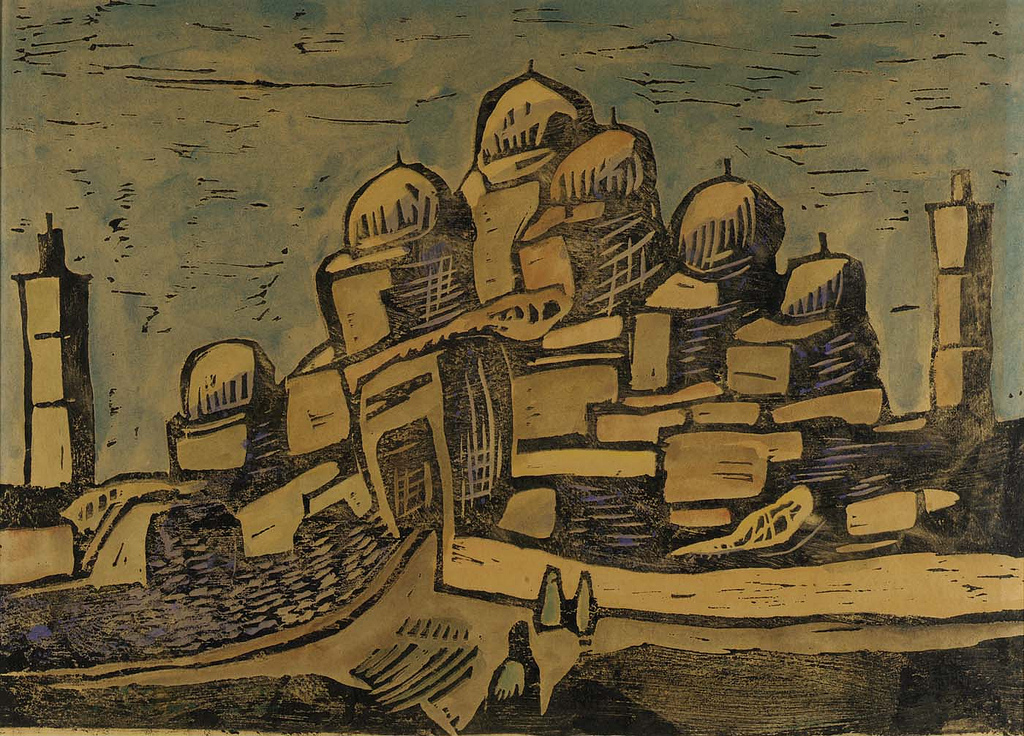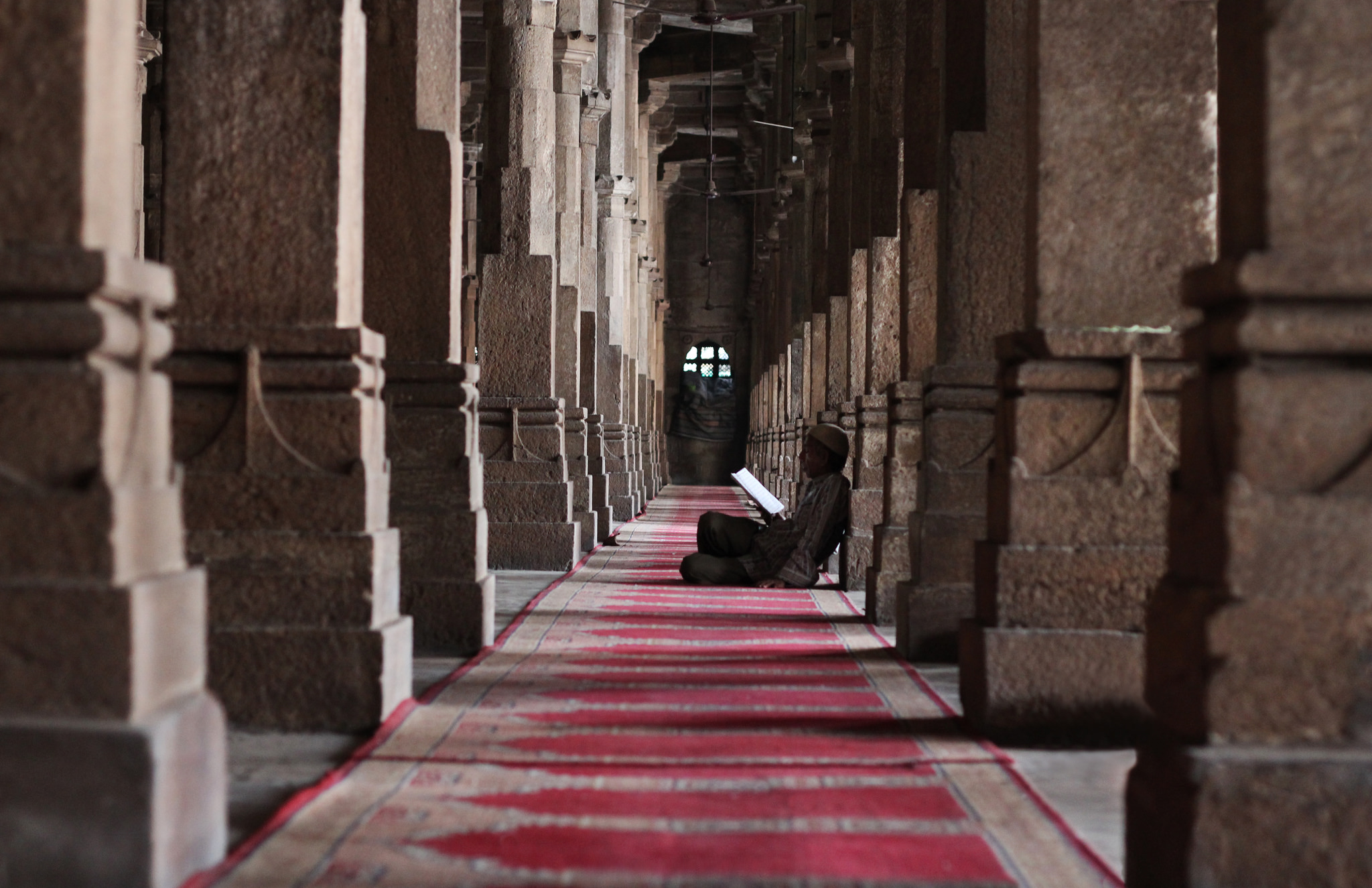It was 5 years after the events of 9/11. I was working as an architect and my current project had taken me to Seattle, Washington. For several months I had been out in the “Emerald City” and had gotten the opportunity to get to know the Muslim community through the iftars during Ramadan. During one of the fundraising iftars, the local community leaders asked me to be their architect for their new Islamic Center.
After a decade of practicing contemporary architecture, an architecture that is fluid and constantly in motion, an amalgamation of functional and constructive spaces, the preconceived notion of traditional Islamic architecture was concerning. I started to question the idea of “Islamic architecture.” What makes something Islamic? What is the definition of Islamic Architecture? Is a dome necessary for ideal Islamic architecture? How come the Ka’aba was not built with a dome? The Hagia Sophia, which was originally a church with domes and minarets and later became a mosque, poses an interesting question; who decided that domes and minarets where symbols of Islamic architecture, when the Christians clearly used them before Muslims ever did?
I came to the conclusion that it was time for me to take a step back and discover the connections between our American culture and Islamic architecture. I decided to develop a new expression for architectural design that would accommodate and explore the different ways to modify the current urban settings. Research and appreciation of the history of Islamic Architecture, and executing the theories into a modern design in order to accommodate the needs of the community was necessary. After several weeks of pondering these questions and negotiating between the Muslim communities, my firm and I went into contract on building the new mosque.
I knew from the growth of the new generation of Muslim youths and American converts that there is an ever-present demand for mosques in American cities. After all, there has to be “new” Islamic Centers built to accommodate the 6 million plus Muslims that reside in the states. After several townhall meetings, I started to realize that there was a difference between the “American Muslim” and the previous generation of Muslims that had immigrated to the States. The American Muslim had a different vision of how a mosque was to be designed as compared to what first generation Muslim immigrants envisioned, which was essentially duplicating the designs of mosques “back home.” I came to realize that Muslim-American communities have implemented the same architectural vocabulary of mosques in the Middle East into their American neighborhoods. Nevertheless, we have never realized that this architectural transplantation from the Middle East to America presents challenges for our American Muslim communities.
One evening as I was driving to a client meeting and listening to a news report on the radio about the the documentary, “Mosque of Morgantown,” I started thinking about my own mosque project. The weaving of Middle Eastern architecture with an American Islam, prominent within modern American society, gives rise to internal tension, particularly as it relates to women’s issues. It made me think about my own personal experiences of mosques. I always thought of mosques as our place of sanctuary, a place that we are always welcomed and wanted. I’ve always thought that the doors of a mosque have to be open to the worshipper to fulfill his or her obligation to the Creator. So when I heard about the conflict occurring at the mosque in Morgantown it made me question whether this was a miscommunication on the difference among cultures. Are communities quickly outgrowing their spaces of worship and retrofitting mosques to accommodate the overflow of American Muslims attending Friday prayer? Is this an isolated incident, or is this conflict fundamentally about differences in the interpretation of Islam?
After several other gender issues escalated throughout the mosques in America, most recently at the Washington, D.C. mosque, leaders of the community have invited me to evaluate the mosques in crisis. Communities from coast-to-coast are searching for a way to improve their neighborhood mosques by evaluating the women’s spaces and to raise awareness of the role that Muslim women play in the mosque and in the larger community. In order to address this growing need, I have initiated a project which involves looking at women’s spaces in contemporary American mosques. Traveling from state to state, city to city, I will explore the process of modifying those mosques in the United States that do not provide adequate spaces for women.
I believe that as Muslims, we are responsible for accommodating and realizing the needs of our fellow Muslims and the next generations. I believe that Muslim women have a responsibility to make our voices heard and to educate ourselves and others about our needs by being leaders in our communities. As an architect, it is my responsibility to create new things, test new ideas, push design boundaries, and be responsible as I leave my design impressions on earth. Through a clear investigation of a new architectural expression, a women-driven space needs to be conducted within the confines of Islam. After all, architecture is art and a symbol of our time. It is bound by rules and theory, which are modified and expressed to resonate in the landscape and accommodate the present and the future generation. As the future Muslim American generation grows and as the number of Muslim women surpasses the men, we must celebrate that achievement through architecture. It is time for our community to answer the call of the next generation of American Muslims and Muslim women and invite them to be part of the Muslim community.
Photo Credit: Smithsonian American Art
Maryam Eskandari is an architectural designer and research associate at the Aga Khan Program in Islamic Architecture at Harvard and MIT.






The four minarets around Hagia Sophia were added under the Ottomans.
Come to Tucson. We could use your thoughtful architect’s touch. We really could.
I appreciate the concern which is been rose. The things need to be
sorted out because it is about the individual but it can be with
everyone.
————
Static Caravan Insurance